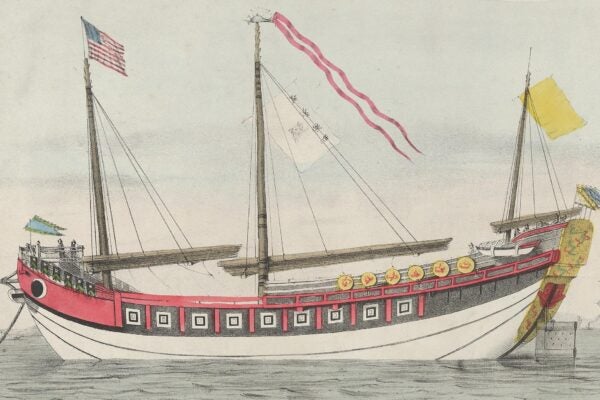Well-researched stories from around the web that bridge the gap between news and scholarship. Brought to you each Tuesday from the editors of JSTOR Daily.
The particular madness of Western medicine (Pacific Standard)
by David Dobbs
People with schizophrenia tend to have better outcomes if they live in Indonesia or Ethiopia than the United States. One scholar’s personal experience sheds light on how Western responses to mental illness shape the harm patients suffer.
How “gun owner” became an identity (Washington Post)
by Cari S. Babitzke
When the NRA began in 1871, its role was promoting shooter safety and education. But, over time, its mission grew to encompass a deeply-felt American political identity.
Glory and nightmares in the art of World War I (Public Books)
by Andrew Lanham
A hundred years after World War I, an exhibit looks back at the art that glorified the war, and the art that brought its horrors home.
Building huge models of tiny cells (The Conversation)
by Melanie Ohi and Michael Cianfrocco
Jacques Dubochet, Joachim Frank, and Richard Henderson won the Nobel Prize in chemistry for technology that builds super-detailed models showing the inside workings of cells. It could help fight disorders ranging from chronic inflammation to HIV to Parkinson’s disease.
How to actually get some rest (New York Magazine)
by Brad Stulberg
Scrolling through your apocalyptic Twitter feed while vegging out on the couch doesn’t count as rest. When it comes to giving your body and brain the break they need, research shows there are better options.
Got a hot tip about a well-researched story that belongs on this list? Email us here.






